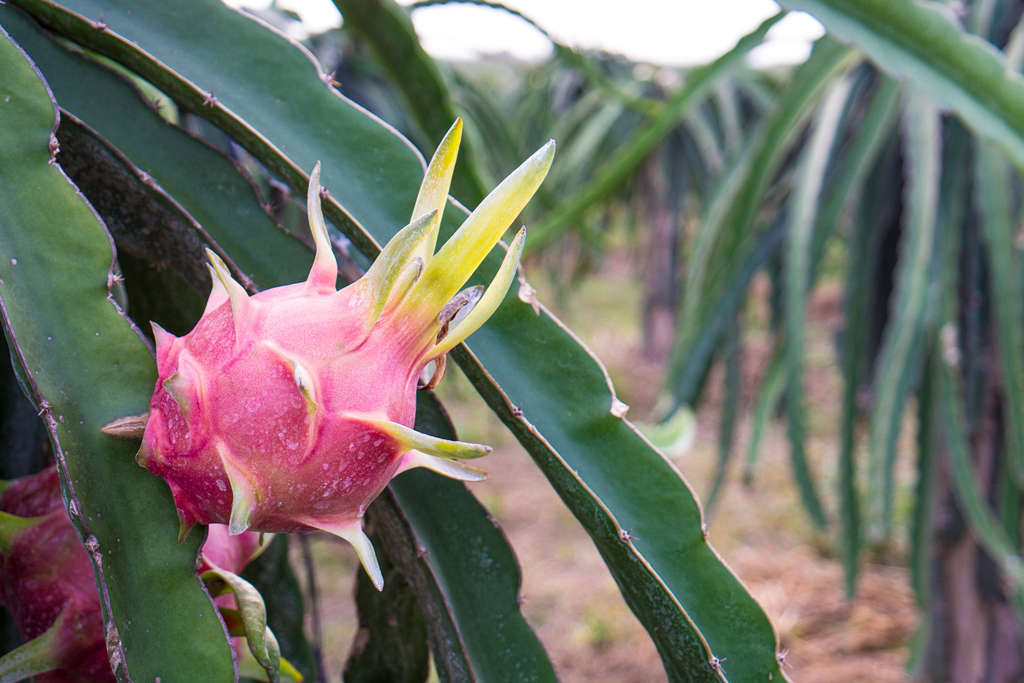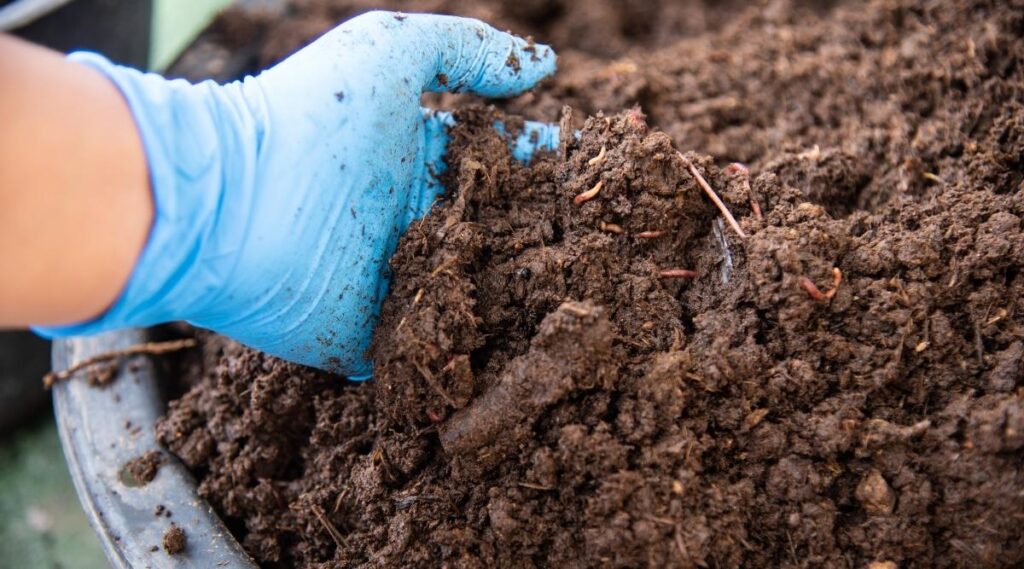Adding a mulberry tree to your yard is great, but it’s even better when it’s full of sweet, yummy mulberries.
To get your tree loaded with fruit, you need to know what it likes. This guide will show you step by step how to take care of your mulberry tree so you can enjoy lots of fruit.
Table of Contents
Meet the Mulberry Tree Family
Mulberry trees are part of the Moraceae family. They have leaves that fall off in winter and make tasty fruits. You can find black (Morus nigra), white (Morus alba), and red mulberry (Morus rubra) trees, each with different traits but all can give you delicious berries.
These trees grow quickly and can get up to 30 feet tall. They have nice, big, heart-shaped leaves and interesting bark that’s twisted and turned. There are boy and girl trees, but you’ll only get fruit from the girls if their flowers get pollinated by the wind or bugs.
Picking the Perfect Mulberry Tree
When you’re choosing a mulberry tree, find one that’ll be happy in your yard’s weather and soil. Think about how the tree grows, what the fruit tastes like, and whether it’s tough against bugs and sickness. Some good ones to look for are ‘Illinois Everbearing’, ‘Pakistan’, and ‘Dwarf Everbearing’.
Where you live matters, too. These trees love sunny spots and soil that lets water through. They can handle different kinds of dirt but do best in soil that’s a bit acidic or neutral. If your winters are chilly, make sure you get a cold-hardy type.
Planting Your Mulberry Tree
Get the spot ready before you plant. Clear out weeds, rocks, and other stuff. Dig a big, deep hole, twice the size of the roots. Fluff up the soil at the bottom so the roots can grow well.
Put the tree in the hole and make sure where the roots meet the trunk is at or just above the ground level. Fill the hole back up with the dirt you dug out, and pat it down. Water the tree well to help the soil settle and to get rid of air gaps.
Space out your trees about 15 to 20 feet apart so they have room to spread their branches. This helps the sun and air get to the whole tree, which keeps it healthy and cuts down on sickness.
After planting, put some organic stuff like leaves or bark around the tree. This helps keep the water in the ground, stops weeds, and keeps the dirt temperature more even. Give the tree enough water, especially when it’s dry, so the dirt is moist but not soaked.
Caring for Your Mulberry Tree
Taking good care of your mulberry tree is important so it can make lots of fruit. Cut the tree back now and then to shape it, get rid of broken branches, and let light and air flow between the leaves. Trim when the tree isn’t growing leaves to help it handle the cuts and still make lots of berries.
Feed your tree every year with some organic plant food that’s balanced. Do this in early spring, and follow what the label says. Don’t go overboard with plant food that’s high in nitrogen because that makes the tree grow leaves, not fruit.
Watch out for bugs like aphids, scales, and caterpillars that could bug your tree. Check the leaves and branches often for damage. Handle these bugs fast. And look out for plant sickness like powdery mildew or anthracnose, and fix any problems quick.
Tips for More Mulberries
You can try these tips for more and bigger fruit:
1. Helping Pollination: Even though mulberry trees can pollinate themselves, having different types or more trees close by can mean more berries.
2. Mulching and Organic Food: Mulch keeps the dirt nice and fertile as it breaks down. Give the tree nutrients by adding compost or old manure every year.
3. Watering the Right Way: These trees like their roots to be moist but not drowning. Watering deeply a couple of times a week should be enough when it’s dry. Keep an eye on how wet the soil is and water when needed.
Figuring Out Tree Troubles
Sometimes trees have problems that can mess with how much fruit they make. Here’s how to handle them:
1. Fighting Bugs and Diseases: Figure out what’s bothering your tree and deal with it. Ask experts or a tree doctor if you’re not sure what to do.
2. Boosting Fruit Numbers: If there aren’t many berries, it could be bad pollination, wrong pruning, not enough food, or stress from the weather. Look at each possible cause and do what you need to fix it.
3. Coping with Weather: Bad weather like frosts, strong winds, or too much heat can hurt trees. Protect your tree with covers when it’s cold or breaks to block the wind.
Picking Those Purple Treats
Harvesting at the right time makes sure the berries are super tasty. Ripe mulberries are big, sweet, and dark colored. They should come off the stem easily. Gently pluck them or lay a sheet and shake the branches to get them down.
Sort out the mulberries after picking, toss any that are not good. Keep the good ones in a cool, airy place or in the fridge. You can eat them right away, bake with them, or make them into jams and sauces to keep longer.
Wrapping It Up
If you want a mulberry tree that gives plenty of fruit, pay attention to what it needs.
Choose carefully, look after your tree right, and use these tips to help it make more berries. You might have to change some advice to fit your weather and dirt. And if you need help, don’t be shy to ask a tree expert.
Have fun growing your mulberry tree and enjoy picking buckets of berries!


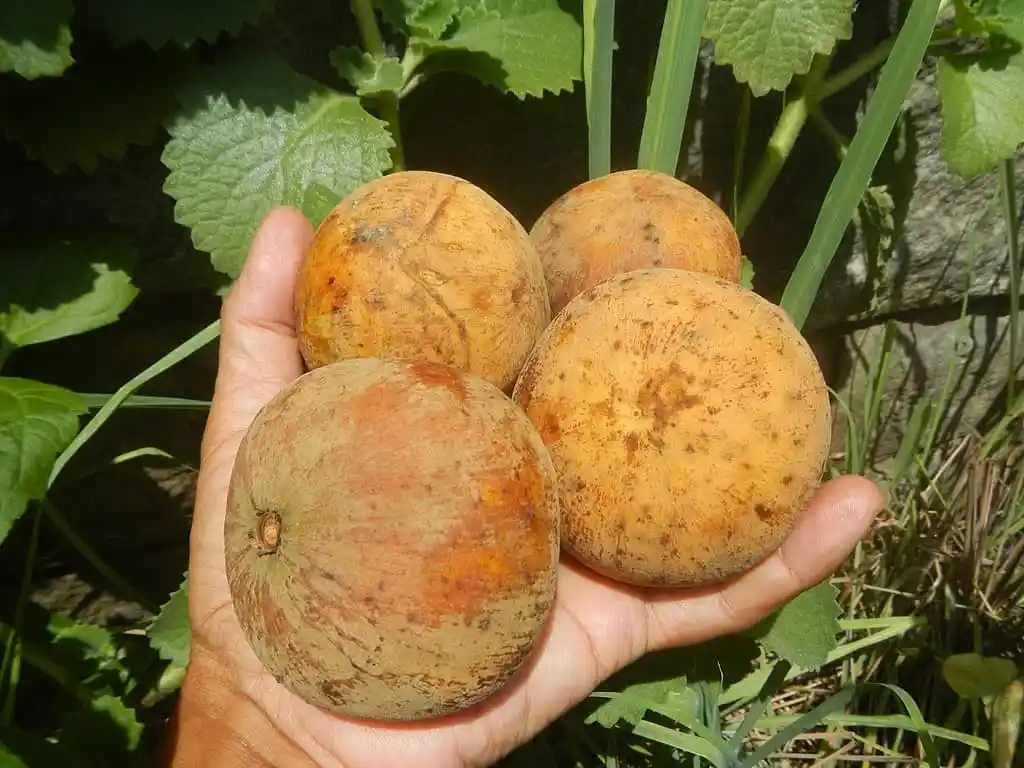
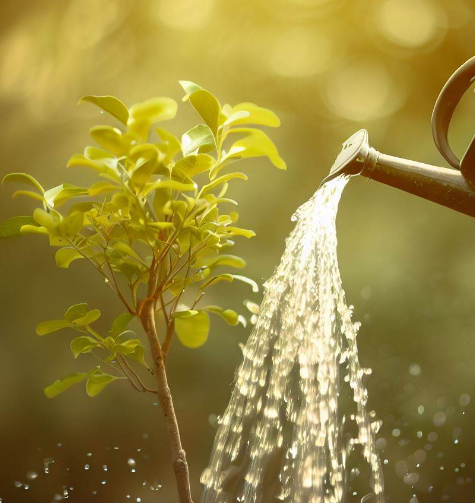
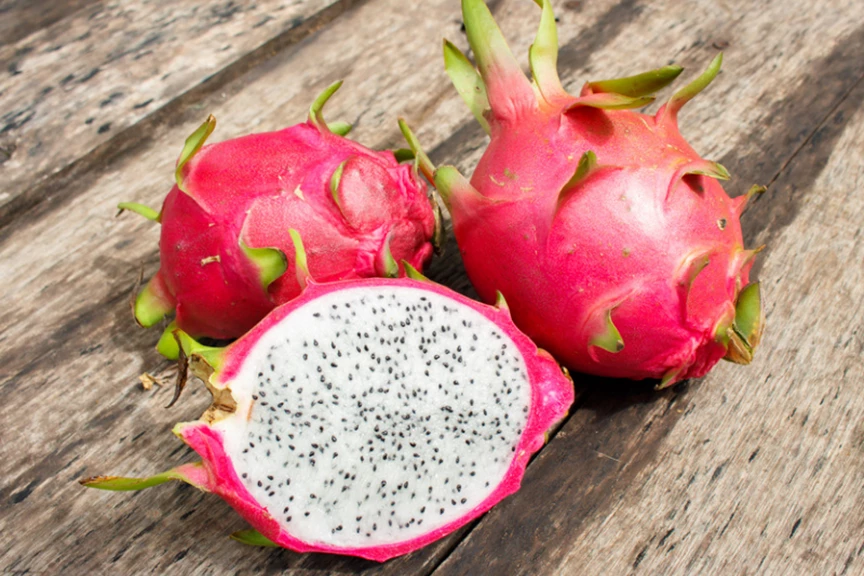
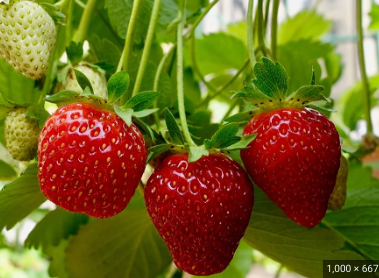
![How Long Does An Apple Tree Take To Bear Fruit? [ANSWERED]](https://fruitonix.com/wp-content/uploads/2023/06/Screenshot-2023-06-02-12.52.12-AM.png)

